2024 MXA 250 FOUR-STROKE SHOOTOUT: THE WRITTEN WORD ON HOW ALL SEVEN BIKES RANK
Motocross Action has been around for 50 years, and we’ve seen it all. Before social media, magazines were the only source for motocross news and motocross bike testing, and MXA set the industry standard for in-depth and accurate testing. Nowadays, social media is full of know-it-alls who shout their opinions into an internet oblivion. MXA’s shootout rankings don’t come from one or two round-robin days of testing with random riders. We use the same trusted test riders (from AMA National Pros to Vets to Novices), and we take each rider’s opinion with a grain of salt, knowing each one’s personal biases. And, most important, we don’t do bike tests in one or two days. We live with our test bikes and race them every week for a full year. Our system for filtering through each rider’s opinion is important, and because we live with these bikes year round, our rankings factor in durability along with track performance.
This year the excitement was focused on the 2024 Yamaha YZ250F and 2024 GasGas MC250F, which were the only all-new bikes released in 2024. KTM’s and Husqvarna’s 250s have received minor updates to their WP suspension settings, while Honda’s, Kawasaki’s and Suzuki’s 250s remain exactly the same as they were in 2023. However, it should be mentioned that Suzuki is making an effort to sweeten the deal for its RM-Z250/450 models with the “RM Army Edition” bikes that come from the dealer spec’ed with Throttle Syndicate graphics and a complete Pro Circuit T-6 exhaust system at no charge for riders who purchase a new Suzuki before January 1, 2024.
We tested each bike in its stock form, and to keep things equal, we installed the same tires on each bike (Maxxis MX-IH intermediate hard-terrain tires). Then, for the photos, we leveled each bike out with Risk Racing’s adjustable top stand (A.T.S.) to make sure all seven bikes were straight and in uniform before we put them in the dirt. again.
SEVENTH PLACE: 2024 SUZUKI RM-Z250
WHY SHOULD THE SUZUKI WIN THIS SHOOTOUT?
The Suzuki RM-Z250 should win because it’s durable, nimble in the corners and has a respectable low-to-mid powerband that is appreciated by novice and beginner riders because it doesn’t take momentum or clutch work to get going. It picks up right away. Plus, if you buy a 2024 Suzuki RM-Z250 before January 1, 2024, it will get RM Army Edition graphics and a complete Pro Circuit T-6 exhaust system, increasing low-end power right from the get-go, and making the Suzuki look and sound like a true race bike.
We have a short list of test riders we trust, and only they have the power to sway the results in our shootouts, but that doesn’t mean we don’t listen to the opinions of the other guys who spend time on our test bikes. Funny enough, every new rider who hopped on the RM-Z250 in the weeks preceding this shootout had positive things to say about it. They liked its ability to lean into corners easily, and they felt fast on the bike because they could squeeze all 39 horsepower out of the engine. Of course, once they raced the other bikes against the RM-Z250, their opinion of yellow wasn’t so rosy, but they were still impressed. The RM-Z has a reputation for being slow and outdated, so everyone’s expectations were low when they swung a leg over it. Since they understood the limitations of the dated RM-Z250, they weren’t so critical of its shortcomings.
Of course, the price is the best aspect of this bike. It retails for $8,099, and dealers are usually able to cut deals to make it more affordable out the door. Because Suzuki hasn’t changed the RM-Z250 in the last five years, they can keep the price low while other brands’ prices go up. Yes, we wish they would make updates to it, but at this point, we are just happy Suzuki is able to give away a brand-new Pro Circuit exhaust system to consumers who buy the new bike before the new year.
WHY SHOULD THE SUZUKI LOSE THIS SHOOTOUT?
The Supercross-stiff Kayaba spring forks and rigid aluminum frame don’t help the RM-Z250 one bit. On a smooth track, you can have some fun on this bike, but as soon as the track develops some chop, you’re just along for the ride. Of course, the low horsepower numbers really put the nail in the coffin for the RM-Z250. You can’t ride this bike high in the rpm range; you can try, but it won’t go any faster. It must be short-shifted to make the most of where its power is located. In stock form, when revved out too far, the RM-Z chassis binds up, causing it to deflect off every little bump and rut on the track.
WHAT DO WE REALLY THINK OF THE SUZUKI RM-Z250?
Once again, the Suzuki RM-Z250 ranks seventh out of seven 2024 250 four-strokes. If pressed as to why it ranks last, we would say it is too slow, too heavy and too stiff; however, if you re-valve the suspension for your skill and weight, you’ll appreciate the durability and cornering prowess of the Suzuki. And, the price is attractive.
SIXTH PLACE: 2024 HONDA CRF250
WHY SHOULD THE HONDA WIN THIS SHOOTOUT?
The Honda CRF250 should win because it has the best engine in the class for novice-level riders. We praised Suzuki for its strong low-end grunt, but the Honda CRF250 power is even better. The power picks up strong down low, requiring little to no clutch action to get going. For Vet riders who are on the heavier side, for 450 riders dropping back down, or for Intermediates who aren’t comfortable revving their 250F high into the rpm range, the CRF250 engine is just right.
For the second year in a row, the Honda CRF250 didn’t receive any updates. This bike is still coasting on the all-new engine and chassis that came in 2022. Back then, Honda’s newest CRF250 took huge strides forward in the power department. Although it didn’t gain impressive top end, the CRF250 engine found a sweet spot with the low-to-mid grunt, following in the footsteps of the YZ250F (and even surpassing it). The CRF250 power window is usable and fun for a wide range of riders; however, the chassis is on the rigid side and is sensitive to even the smallest changes.
Also, incredibly, in the last two years, the Honda CRF250 went from the third-lightest bike to the lightest without making any changes! How does that work? In 2022, the CRF250 dropped big weight to land at 219 pounds. At the time, it was 2 pounds heavier than the GasGas, 1 pound heavier than the KTM, and tied with the Husqvarna FC250. But, the KTM and Husky gained big weight in 2023 with their new platform, and GasGas followed suit this year. The Honda is the lightest bike because Honda didn’t update anything.
WHY SHOULD THE HONDA LOSE THIS SHOOTOUT?
The Honda CRF250 engine works great in the lower rpm ranges, but it winds out quickly compared to the Kawasaki and the three Austrian bikes, causing the chassis to bind up and deflect off the bumps when revved. Plus, even when you’re not revved out, the Honda chassis is still very rigid, and it’s not helped by the ultra-stiff Showa spring forks. That’s sad, because the CRF250RX cross-country bike has nice, pleasant, soft settings that work great. We just wish they came on the motocross model. Obviously, the CRF250 has potential. The Lawrence brothers have done magnificent things on this platform, but they’re on factory bikes. In its stock form, the Honda is 3 to 4 horsepower down to the other stock bikes, and the nervous chassis doesn’t band-aid the lack of power higher in the rpm range.
WHAT DO WE REALLY THINK OF THE HONDA CRF250?
We love that Honda took weight seriously with their CRF250 (even if it was two years ago). Once you fix the forks, this bike is very nimble and fun to ride. It has exceptional ergonomics and great looks. Our pro test riders love to throw whips on the Honda, and our novice and vet test riders were glad that they didn’t have to abuse the clutch to get the CRF250 to go.
FIFTH PLACE: 2024 KAWASAKI KX250
WHY SHOULD THE KAWASAKI WIN THIS SHOOTOUT?
Kawasaki and KTM didn’t make any changes for 2024, yet our Kawasaki KX250 test bike scored stronger horsepower numbers on the dyno this year. What does that mean? Every bike is different. Tolerances aren’t perfect and, by chance, some bikes dyno better than others. It’s not such a surprise, because these bikes scored exceptionally close dyno numbers last year, and this time the Kawasaki edges into the horsepower leadership.
The Kawasaki KX250 should win because it has the strongest engine in the class with a price tag that is lower than KTM’s, Husqvarna’s, GasGas’ or Yamaha’s. The KX250 has an exceptionally stable chassis and handles well in the rough and on fast straightaways.
WHY SHOULD THE KAWASAKI LOSE THIS SHOOTOUT?
In the 450 class, horsepower is less important, because most riders don’t use a 450 four-stroke engine for all its worth. Handling becomes more of a priority in the big bike class, because it’s harder to hold on to a faster bike. In the 250 ranks, the engine is more important in making a bike competitive, and the chassis is always easier to dial in because of the slower engine, lighter overall weight and decreased rotating mass. Because of these criteria, it feels weird to complain about the KX250 chassis. We’re very thankful for Kawasaki’s efforts to create a stronger engine, and now we’ve reached a point where the KX250 suspension and aluminum frame are taking the blame for the green machine’s results.
Kawasaki has been going round and round with its KX250 in search of more power, and they’ve managed to squeeze an impressive 45 horsepower out of their powerplant! However, the bike understeers on corner entrance, which hinders confidence and makes it difficult to get the most out of the engine in the rpm it was designed to be ridden, which is very high on the curve. We added a tooth to the rear sprocket to get a stronger pull on corner exit, going from a 50- to a 51-tooth on the rear. Every KX250 owner should set aside money for a re-valve on the extremely stiff forks. Other complaints are with day-to-day durability. We always find cracks in the stock plastic on this bike, and you have to be very careful not to strip bolts. Every long-term Kawasaki owner knows the bike’s durability shortcomings.
WHAT DO WE REALLY THINK OF THE KAWASAKI KX250?
Ever since Kawasaki put the 250 engine in the 450 chassis in 2021, we’ve had a hard time turning this bike. It’s not just the rearward engine position in the KX450 frame; the overly stiff Kayaba forks don’t help with turning, either. We replaced the stock 23mm triple clamps with Ride Engineering’s 22mm offset clamps to load more weight on the front end, and we sent the forks out to have them softened up to help with front-end bite.
FOURTH PLACE: 2024 YAMAHA YZ250F
WHY SHOULD THE YAMAHA WIN THIS SHOOTOUT?
The Yamaha YZ250F is a popular bike, thanks in no small part to its excellent Kayaba SSS suspension and potent low-to-mid powerband. For 2024, the YZ250F is almost all new. It adopted the 2023 Yamaha YZ450F’s chassis, plastic and running gear; however, the 2024 Yamaha YZ250F engine didn’t get any major upgrades. It is basically the same engine as in 2023 with the exception of a larger airbox design and beefier cam chain and cam sprockets. No, it doesn’t have trophy-earning horsepower or torque numbers, but it traded some of its legendary low-end bark for improved top-end power. It runs better on top, but it isn’t in the same wheelhouse as the hyper-rpm KTM, Husqvarna, Kawasaki or GasGas. What’s good about the 2024 YZ250F engine is that it is a blank canvas of opportunity for aftermarket engine builders, and this engine is easier to modify than most.
The YZ250F did have some durability issues with the cam chain in the past, but Yamaha addressed those issues for 2024 with a completely revamped system that has a wider and stronger cam chain, wider cam gears, stronger guides, and a new cam-chain tensioner. Plus, a big complaint with last year’s bike was the wide and bulky bodywork, and the cramped and awkward rider cockpit. For 2024, the seat has been made flatter and 5mm taller in the middle. The footpegs are 5mm lower and 5mm further back to open up the previously cramped cockpit, and the skinnier shrouds help riders move around easier on the bike.
The borrowed YZ450F frame, which was all new for 2023, is nimbler, 3 pounds lighter and an ergonomic victory in a category where the previous YZ250Fs ranked last. Of course, the Kayaba shock and SSS forks handle the rough stuff exceptionally well, showing Honda, Kawasaki and Suzuki who’s the boss in the coil-spring fork contest.
WHY SHOULD THE YAMAHA LOSE THIS SHOOTOUT?
Yamaha hoped that the new intake system, with its domed 3D air filter, 30-percent-larger “clean side” of the air filter boot and larger overall airbox, would boost power on the 2024 Yamaha YZ250F. It didn’t. Instead, the added volume slowed down intake speed and cost throttle response. It diminished last year’s brisk low-to-mid power, and added even more engine braking. Low-end grunt had beens the specialty of the YZ250F, largely because it didn’t have the high-rpm horsepower of the Austrian steeds. The lack of effective 2024 updates means that it takes extra clutch effort to get into the powerband. It’s not a deal breaker, but it is a small letdown compared to last year.
In the handling department, last year’s YZ250F was easy to get comfortable on. It was stable on straights and had suspension settings that felt great for a wide range of riders in stock form. Now, the new frame and updated suspension settings aren’t as user-friendly. It takes more effort to feel comfortable with the stiffer frame and the quick-turning front end.
WHAT DO WE REALLY THINK OF THE YAMAHA YZ250F?
Overall, we have been harder on the Yamaha than any other bike in this class. Why? Well, the YZ450F (a bike we previously weren’t fond of) won our “2023 MXA 450 Shootout,” and with the smaller YZ250F engine slipped into the identical frame, we expected this bike to work even better with the new platform. We don’t think that the YZ250F is a bad bike, just that it missed the mark set by its predecessors. The engine complaints can be fixed easily by aftermarket tuners such as Twisted Development, and the handling woes will be helped with a suspension re-valve. But, we’re sad that the Yamaha YZ250F lost some of its low-end charm without gaining any notable benefits in return.
THIRD PLACE: 2024 GASGAS MC250F
WHY SHOULD THE GASGAS MC250F WIN THIS SHOOTOUT?
Since the 2024 GasGas MC250F shares the class-leading chromoly steel frame, high-rpm engine (81mm by 48.5mm bore and stroke), indestructible Belleville washer clutch (with a one-piece steel basket with the primary gear machined into it), Pankl transmission and most of its siblings’ creative attributes, we expected it to be a contender in the “2024 MXA 250 Shootout.” After all, it has many of the same benefits, with a more affordable price tag, coming in $800 under the KTM 250SXF. The GasGas MC250F is one of only two bikes that was all new for 2024 (alongside the YZ250F), and it gained a new engine, frame, subframe, swingarm, plastic, triple clamp and electronics for the 2024 model year. The downside of the 2024 GasGas MC250 is that it is marketed as an affordable Austrian motocross bike, but getting the price down meant spec’ing or not spec’ing some components that lowered the price but altered the power.
WHY SHOULD THE GASGAS LOSE THIS SHOOTOUT?
You don’t need Sherlock Holmes to tell you that the 2024 GasGas MC250F was intentionally detuned by the bigwigs in Austria to ensure that GasGas didn’t steal any glory from KTM. And, for 2024, this bike has taken a step back from its orange brother by switching to Spanish-made BrakTec brakes and a BrakTec hydraulic clutch, forged aluminum triple clamps (instead of CNC-machined clamps), softer suspension valving, a closed-off airbox, a restrictor screen in the muffler, no map switch (although the ECU still has two maps, Quick Shift and traction control embedded in the ECU; you just have to buy an aftermarket map switch to access them), Maxxis MX-ST tires (instead of Dunlop MX34s), 12mm-taller silver handlebars, and a 52-tooth sprocket (instead of 51).
Some of these changes (suspension, clamps, handlebars, tires, sprocket) don’t necessarily make this bike worse, just different; however, the lack of adequate airflow, the mushy feel of the BrakTec brakes, and no way to engage the aggressive map hinders the performance of the GasGas significantly. Of course, the potential is still there. You can buy a map switch, drill holes in the airbox cover, and stick an FMF muffler on, but then you might as well spend the extra $800 for a KTM 250SX.
WHAT DO WE REALLY THINK OF THE GASGAS MC250F?
Yes, the GasGas MC250F is softer and not as fast as the KTM, but it’s still an impressive machine. Our test riders, from slow to pro, felt comfortable on the softer WP suspension and often chose to race it over other bikes because of its plusher feel and more usable power delivery. We appreciate that these changes make it easier to delineate the difference between the three Austrian brands.
SECOND PLACE: 2024 HUSQVARNA FC250
WHY SHOULD THE HUSQVARNA WIN THIS SHOOTOUT?
The Husqvarna FC250 is the lowered version of the three Austrian 250 four-strokes, sharing the same bones as the KTM and GasGas, only with shorter suspension and a 1-inch-lower seat height. The Husky FC250 is well liked by most of our test riders because it turns on a dime and has a strong, linear engine that can be revved to the moon. Yes, you have to ride the FC250 hard to access all of its 44.78 horsepower, but the chromoly steel frame, WP XACT air forks and WP shock continue to do their best work, even when the engine is being rung out for all it’s worth.
The Husqvarna FC250 should still win this shootout because of the ultra-durable Belleville washer-equipped clutch, high-horsepower engine (with a map switch to access the faster and more exciting map two), precise and strong Brembo brakes, ProTaper handlebars that help lessen harshness at the rider’s hands, and a seat height that favors anyone who thinks that bikes are getting too tall.
WHY SHOULD THE HUSQVARNA LOSE THIS SHOOTOUT?
When Husqvarna introduced the lowered suspension concept in 2021, the Husqvarna FC250 became a two-time champ of MXA’s 250 four-stroke shootouts, winning in 2021 and 2022. The 10mm-shorter forks, shortened shock, and revised linkage arms drop the seat height, lower the center of gravity, and improve this bike’s cornering abilities. Our test riders have been more critical of the Husky’s handling in 2023 and 2024, and we’ve found it’s not as comfortable for fast guys as it was in ’21 and ’22. What do we mean? The sweet spot has a smaller window now. Our vets and novices still love this chassis, but the intermediates and pros prefer the longer suspension travel on the new platform.
Although graphics and color schemes don’t play much of a role in the rankings in this shootout, it’s important for manufacturers to remember that when making a $10,299 purchase, the buyer should be physically attracted to the bike. The gray, yellow, dark blue and white theme is weird. We miss the Huskys that came with white frames and white plastics. The Heritage Edition bikes are a thing of beauty, and that’s how every Husky should look.
WHAT DO WE REALLY THINK OF THE HUSKY FC250?
The only changes to the Husqvarna FC250 and KTM 250SXF for 2023 were minor suspension changes that didn’t make much of a difference for our test riders on the track. And, because the GasGas and Yamaha were the only new bikes for ’24, it was up to those bikes to knock the KTM off the top step. Overall, the Husqvarna FC250 is the best bike for its target audience, which is vets and short riders.
FIRST PLACE & BIKE OF THE YEAR: 2024 KTM 250SXF
WHY SHOULD THE KTM WIN THIS SHOOTOUT?
For the second year in a row, the KTM 250SXF claims MXA’s 250 Bike of the Year award. The KTM 250SXF subframe is completely open underneath the seat, flowing more air into the intake, giving this bike a more exciting throttle response than the closed-off Husky and GasGas. Then, there is the optional vented airbox cover that comes with the 250SXF and offers even more power.
Last year KTM introduced this engine with its improved bottom-end torque and more straight-line stability in the chassis. They also rotated the engine position within the frame’s cradle to eliminate rear-end squat under hard acceleration. Across the board, this is the easiest bike for our test riders to feel comfortable on. We set the sag at 105mm, set the air pressure in the forks to 10.7 bar (155 psi), and lived happily ever after!
On the track, the KTM 250SXF isn’t as exciting as the CRF250 or YZ250F on the bottom end, mostly due to its quieter engine and more linear pull; however, if you pay attention to your ground speed, you’re moving quicker on the KTM than on the red and blue machines, and once you hit the top end, you just keep on pulling away. At the point on the rpm where the Suzuki, Honda and Yamaha begin to lose power, the KTM keeps climbing. This engine likes to be revved, so don’t be afraid to let it sing.
WHY SHOULD THE KTM LOSE THIS SHOOTOUT?
The 250SXF gained a lot of weight in search of more rigidity and durability. The weight went from 218 to 224 pounds. The spokes still come loose when you’re breaking the engine in, and the frame takes several hours to break in. Although the KTM is exceptionally durable, it’s been difficult to get parts from KTM dealers because everything has been on backorder due to popular demand and supply chain issues, which is one big deterrent for serious racers who are often ordering parts. Finally, the WP XACT air forks (which come on KTM/Husky/GasGas) require regular attention. You have to check the air pressure at the beginning of every ride day and throughout the day if it’s hot.
WHAT DO WE REALLY THINK OF THE KTM 250SXF?
We assumed before we started this shootout that the “Bike of the Year” praise would be going to the 2024 YZ250F (for reasons already mentioned), but the exceptionally strong KTM engine, comfortable and confidence-inspiring WP suspension, ultra-durable hydraulic clutch, faultless Brembo brakes, easy-to-use Twin Air filter, adjustable-by-hand suspension clickers and close-to-perfect handling all translate into a bike that handles the rough stuff with ease, pulls away from the competition on the straights, and carves through corners like a hot butter knife.
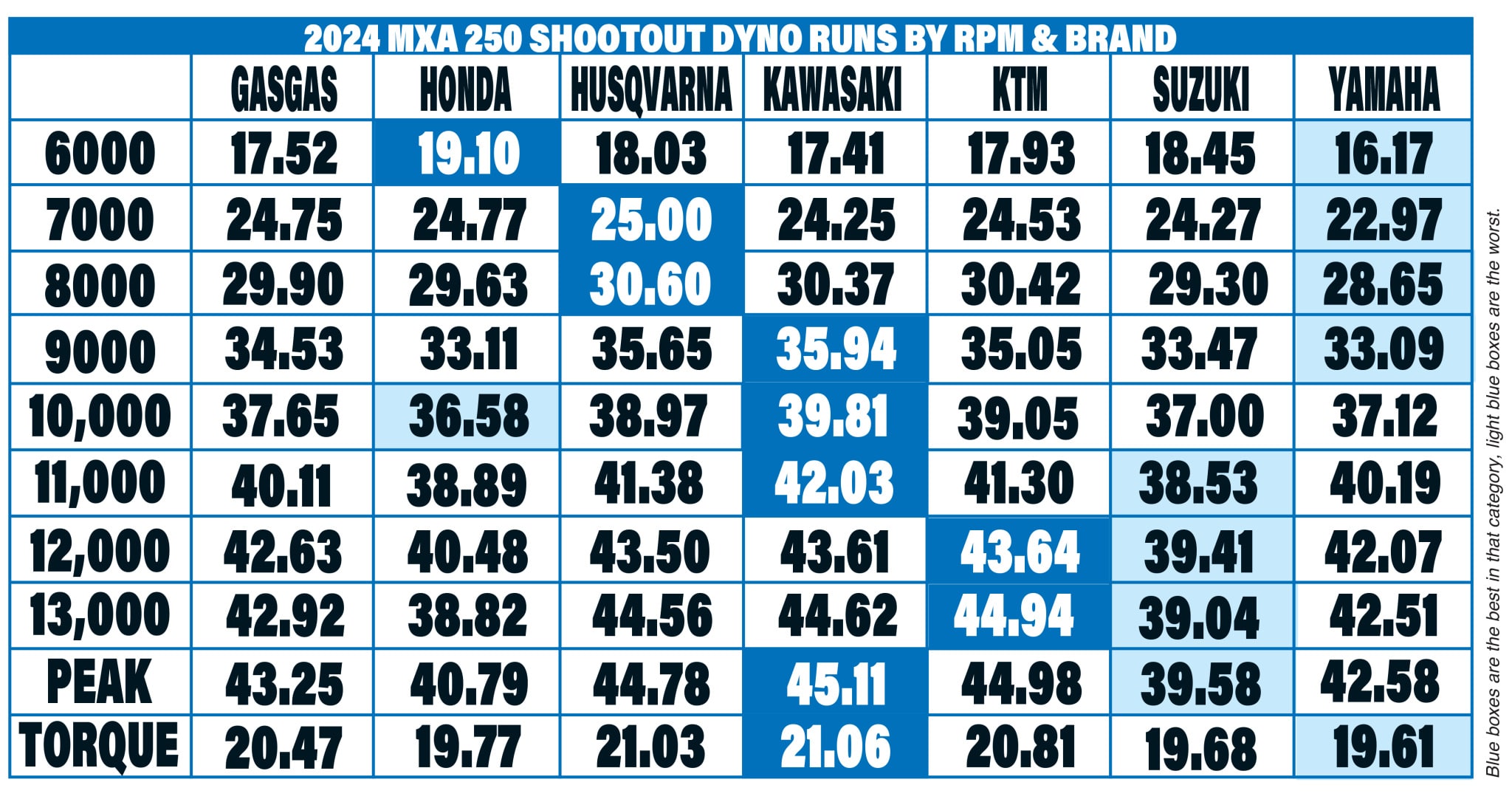 There are 10 categories on MXA’s dyno chart that cover horsepower by brand at 6,000 rpm, 7,000 rpm, 8,000 rpm, 9,000 rpm, 10,000 rpm, 11,000 rpm, 12,000 rpm and 13,000 rpm, plus Peak Horsepower and Torque. The blue boxes signify the bikes that are the best in that 1,000-rpm range, while the light blue boxes show the bikes that are the worst in each rpm category. All of the light blue boxes are attributed to the Suzuki RM-Z250 and Yamaha YZ250F. Peak horsepower is of a higher value in the 250 four-stroke class than in the 450 ranks. All the 250s handle well, but if your bike is slow, you’ll be left behind. Here is how the 250 four-strokes stack up against each other power wise
There are 10 categories on MXA’s dyno chart that cover horsepower by brand at 6,000 rpm, 7,000 rpm, 8,000 rpm, 9,000 rpm, 10,000 rpm, 11,000 rpm, 12,000 rpm and 13,000 rpm, plus Peak Horsepower and Torque. The blue boxes signify the bikes that are the best in that 1,000-rpm range, while the light blue boxes show the bikes that are the worst in each rpm category. All of the light blue boxes are attributed to the Suzuki RM-Z250 and Yamaha YZ250F. Peak horsepower is of a higher value in the 250 four-stroke class than in the 450 ranks. All the 250s handle well, but if your bike is slow, you’ll be left behind. Here is how the 250 four-strokes stack up against each other power wise
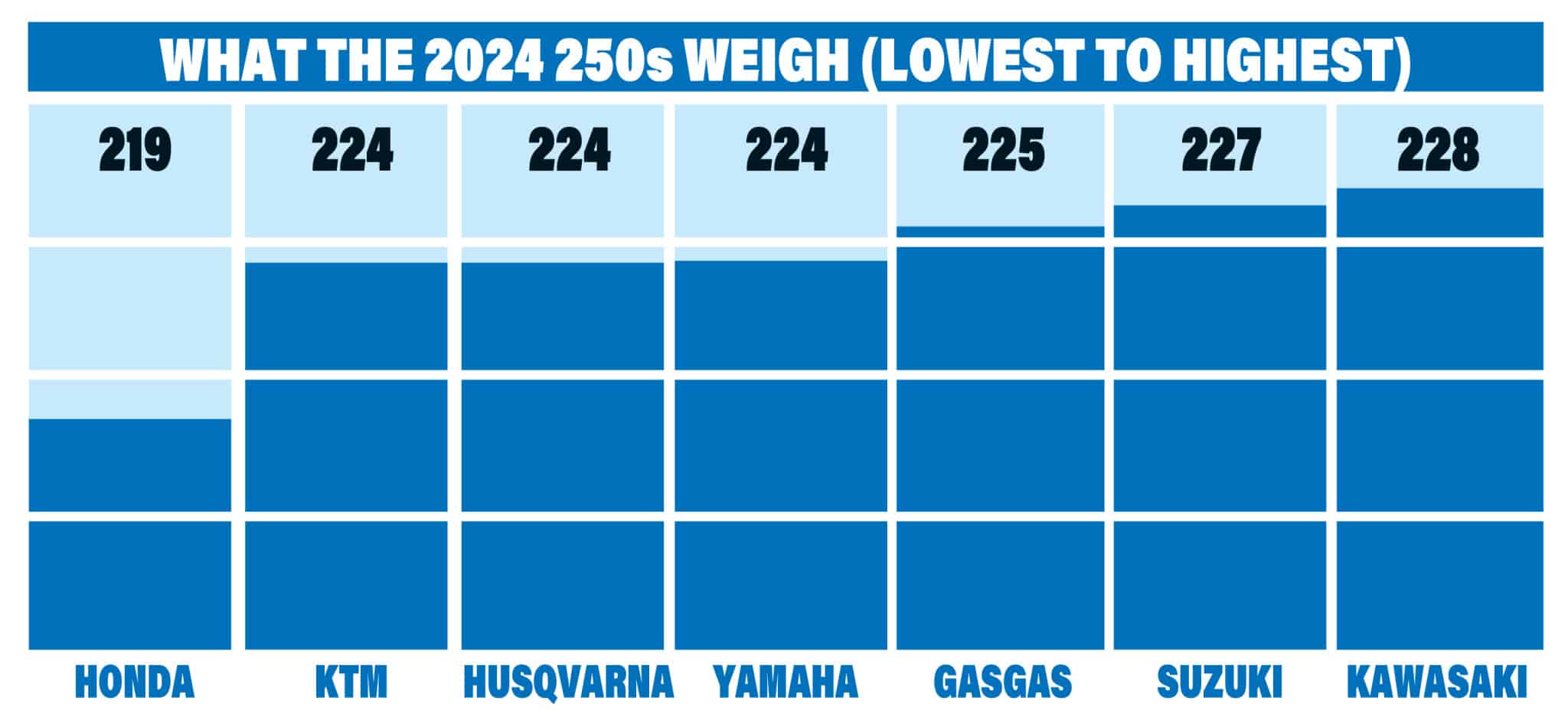
.These are the actual weights of the current crop of 2024 250 motocross bikes (lightest to heaviest). They have been weighed on the same calibrated balance-beam scale under the official AMA and FIM system of empty gas tanks but all other fluids. The KTM, Husqvarna and Yamaha all tie for second. .
These are the Manufacturers’ Suggested Retail Prices (MSRPs) for all four 2024 250s (least to most expensive). Your local dealer is free to lower or raise the price of the bikes on their showroom floor. The price in the USA is determined by the exchange rate of the euro for European bikes and the yen for Japanese bikes.


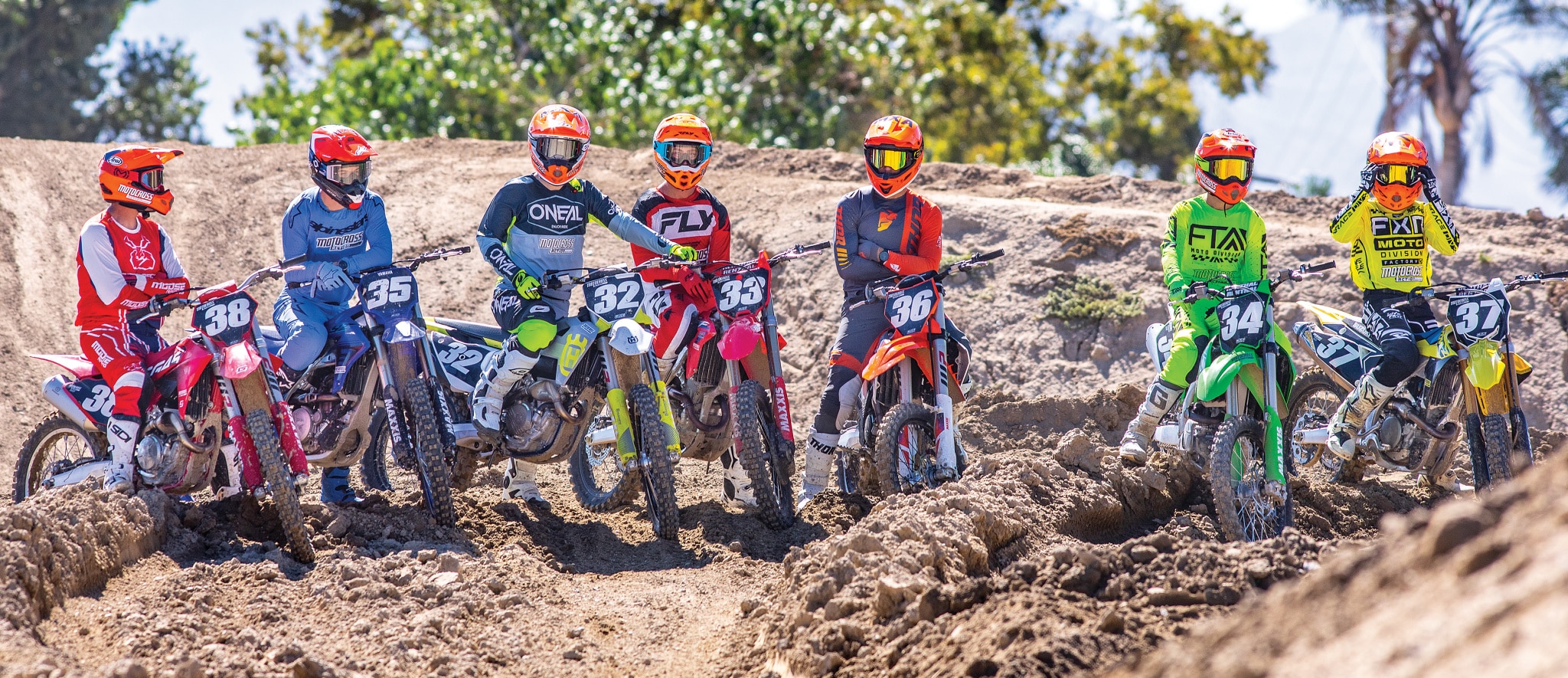

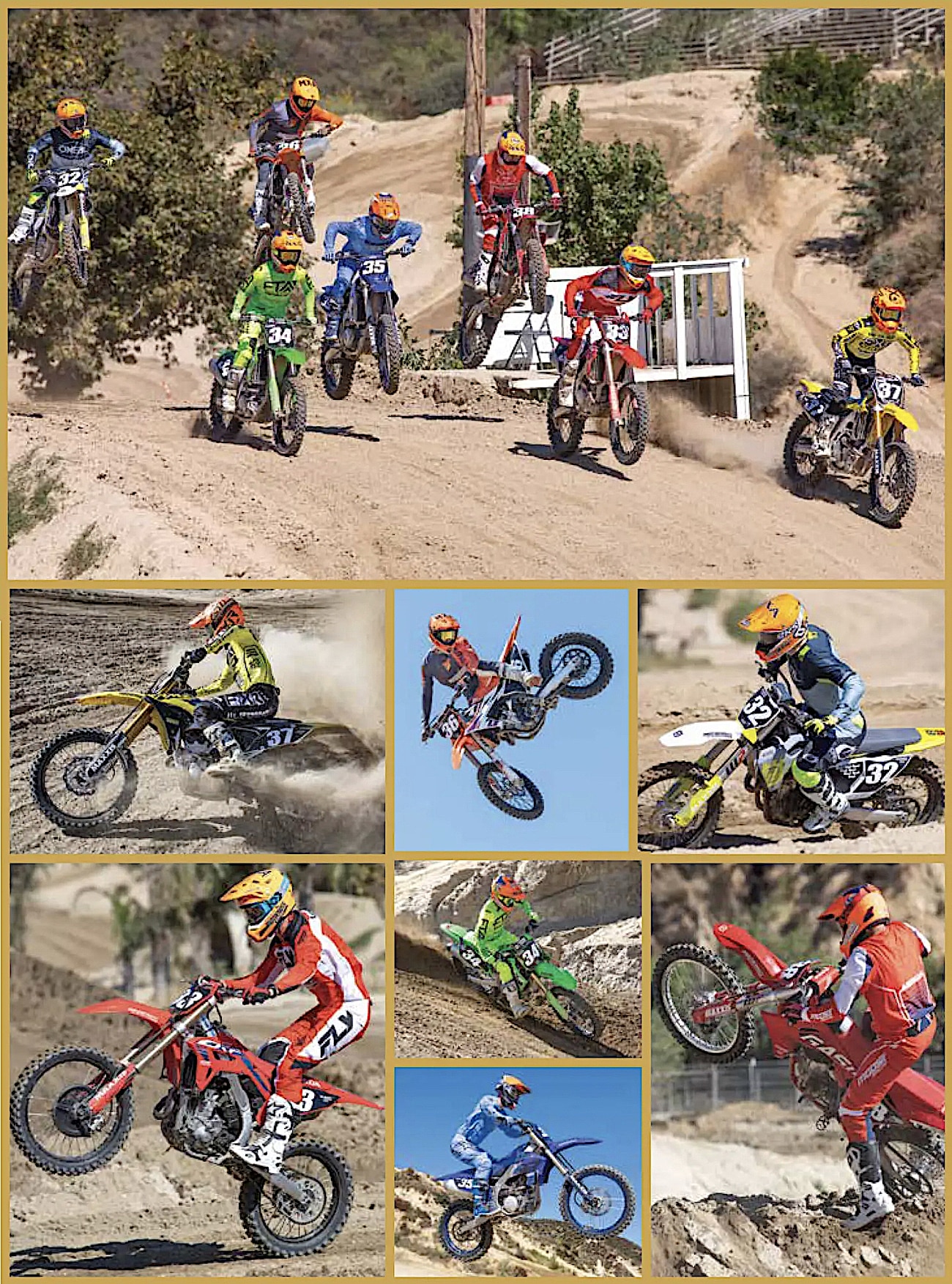

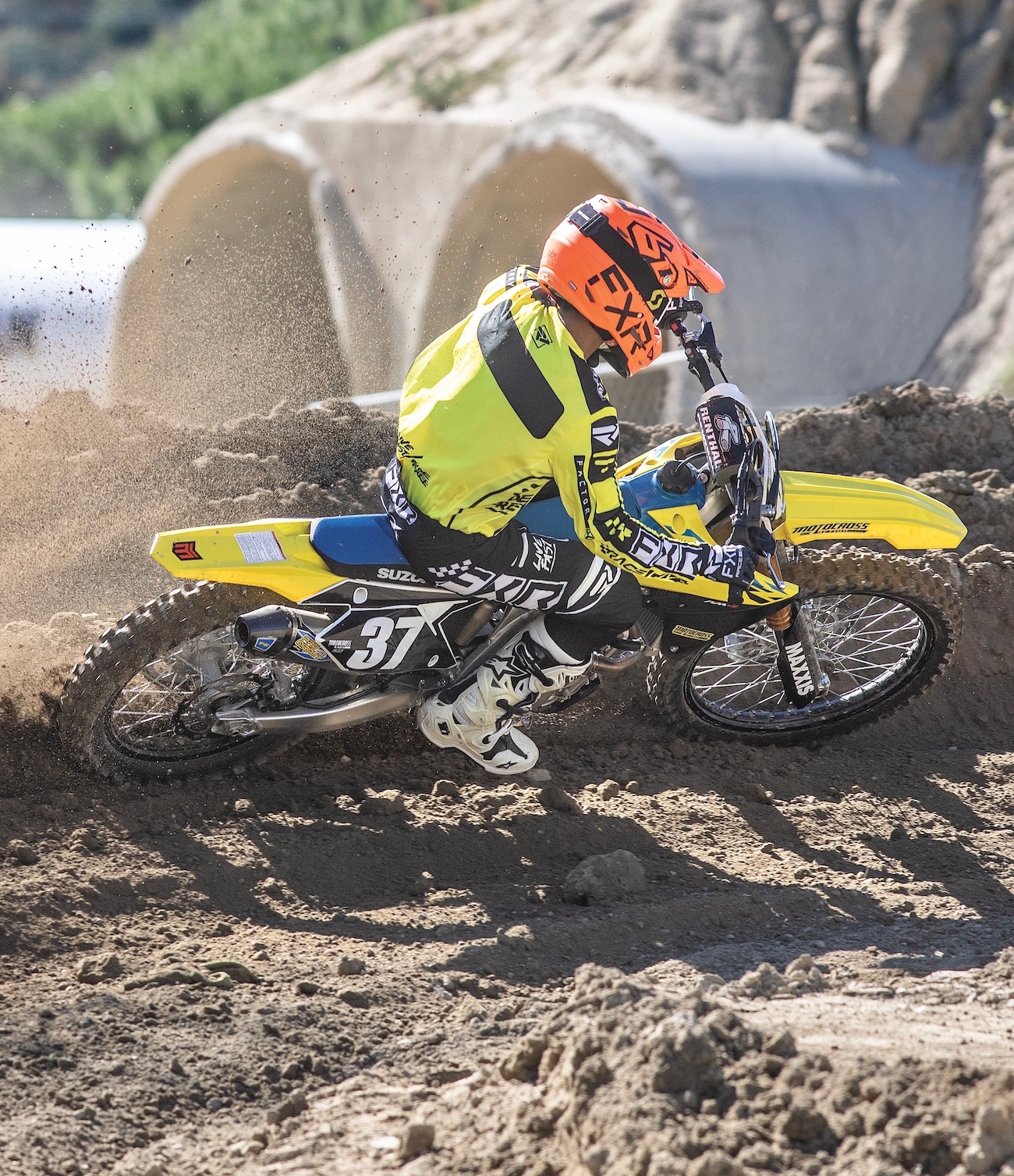

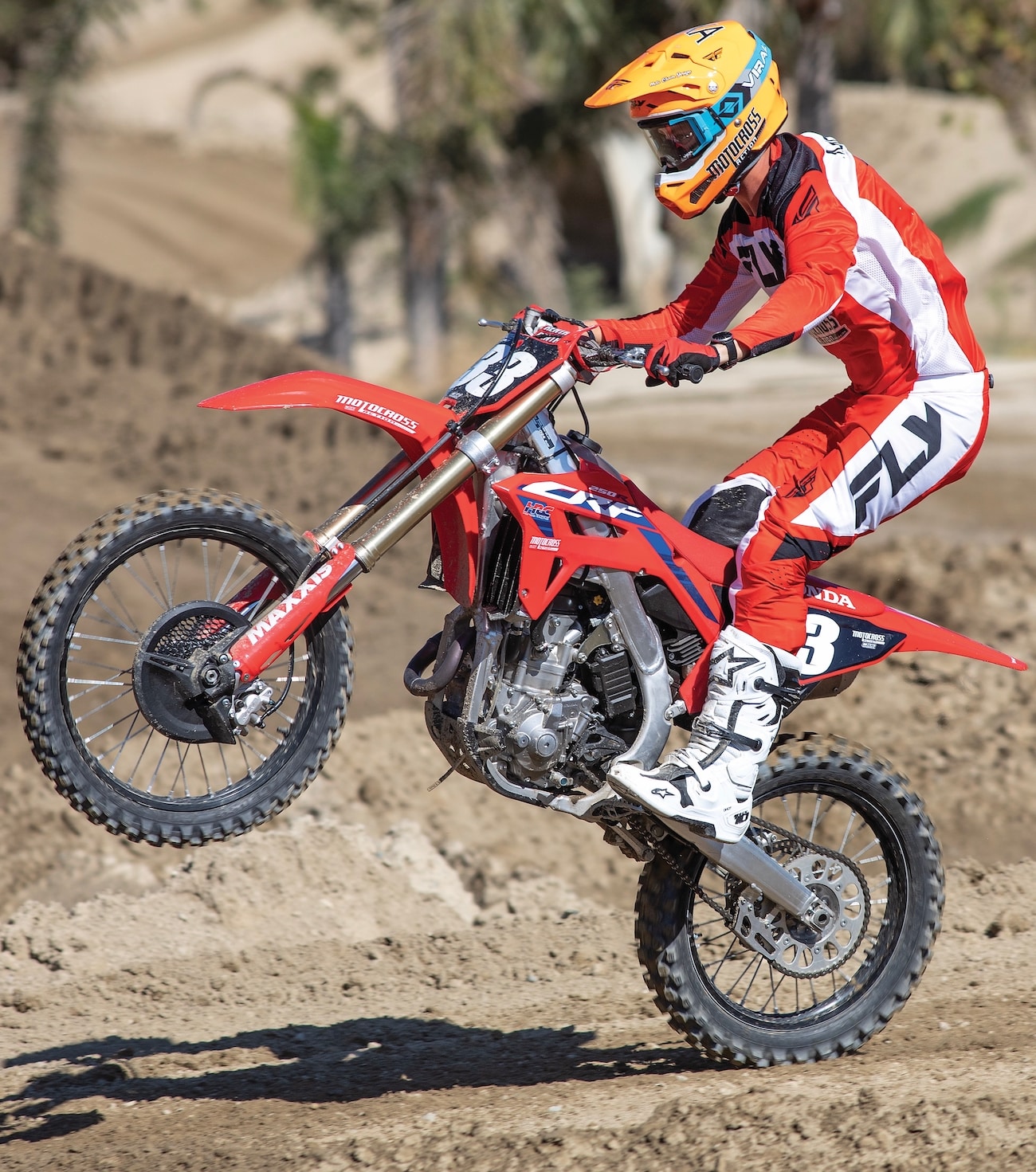
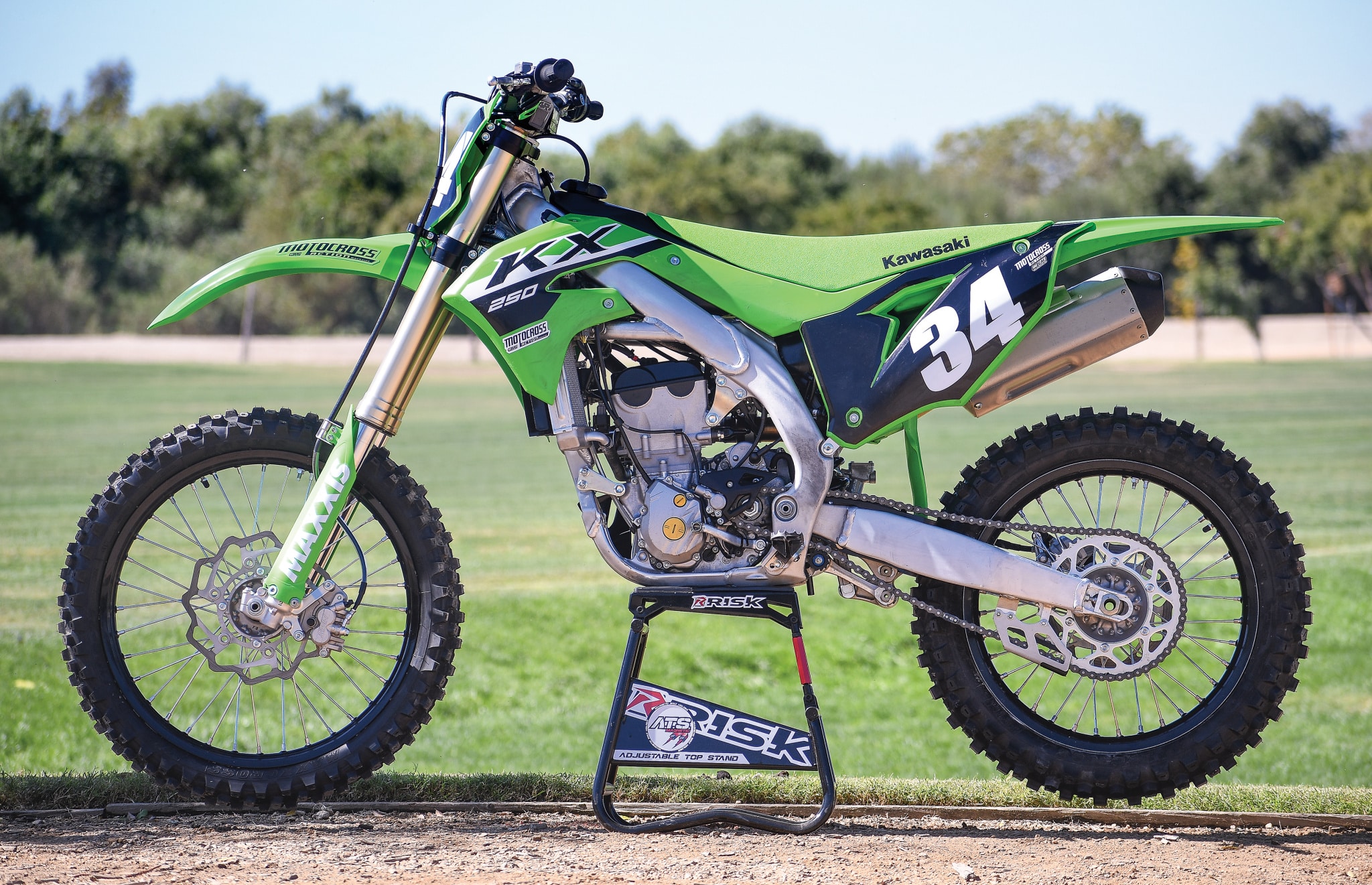
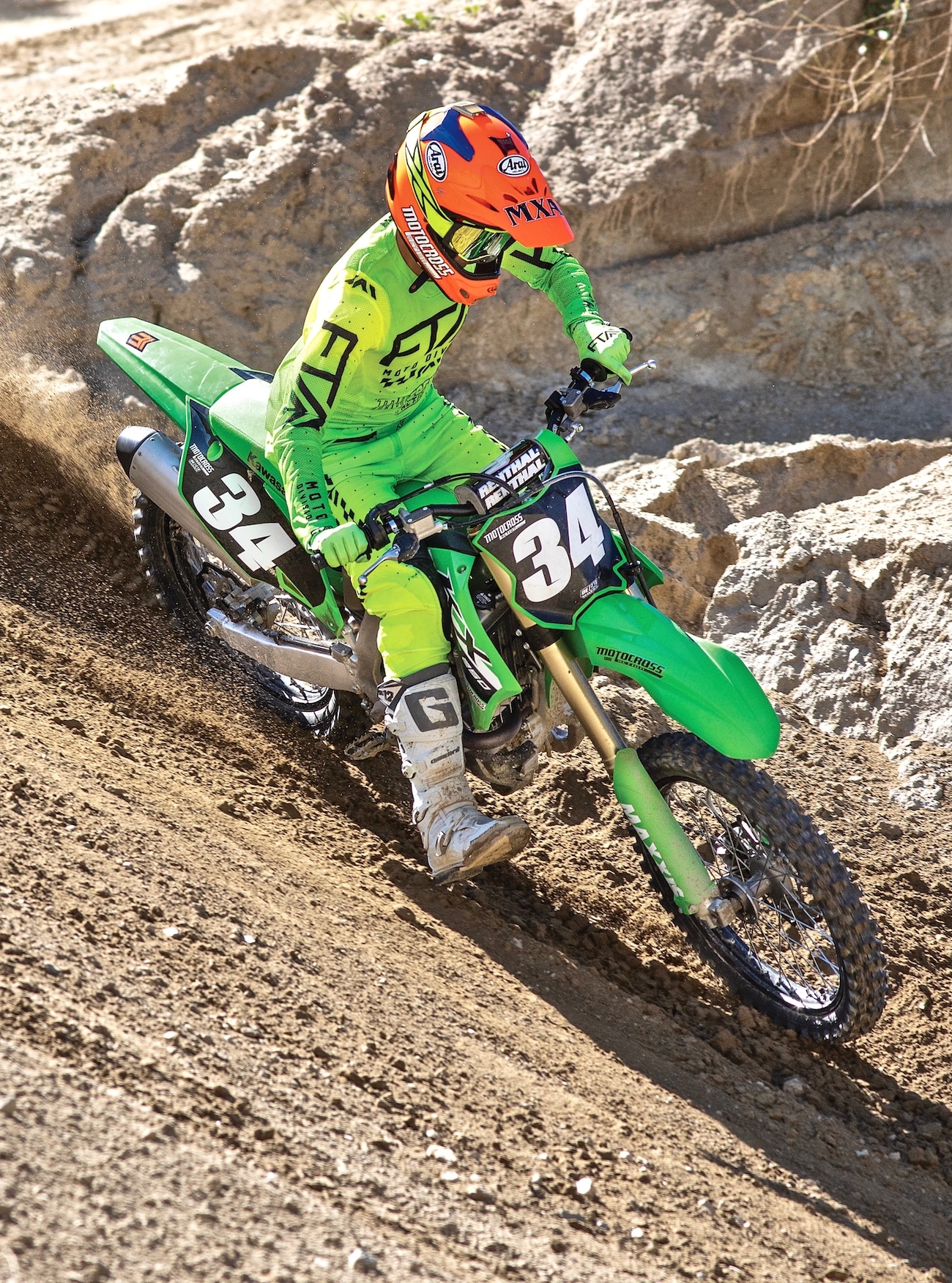
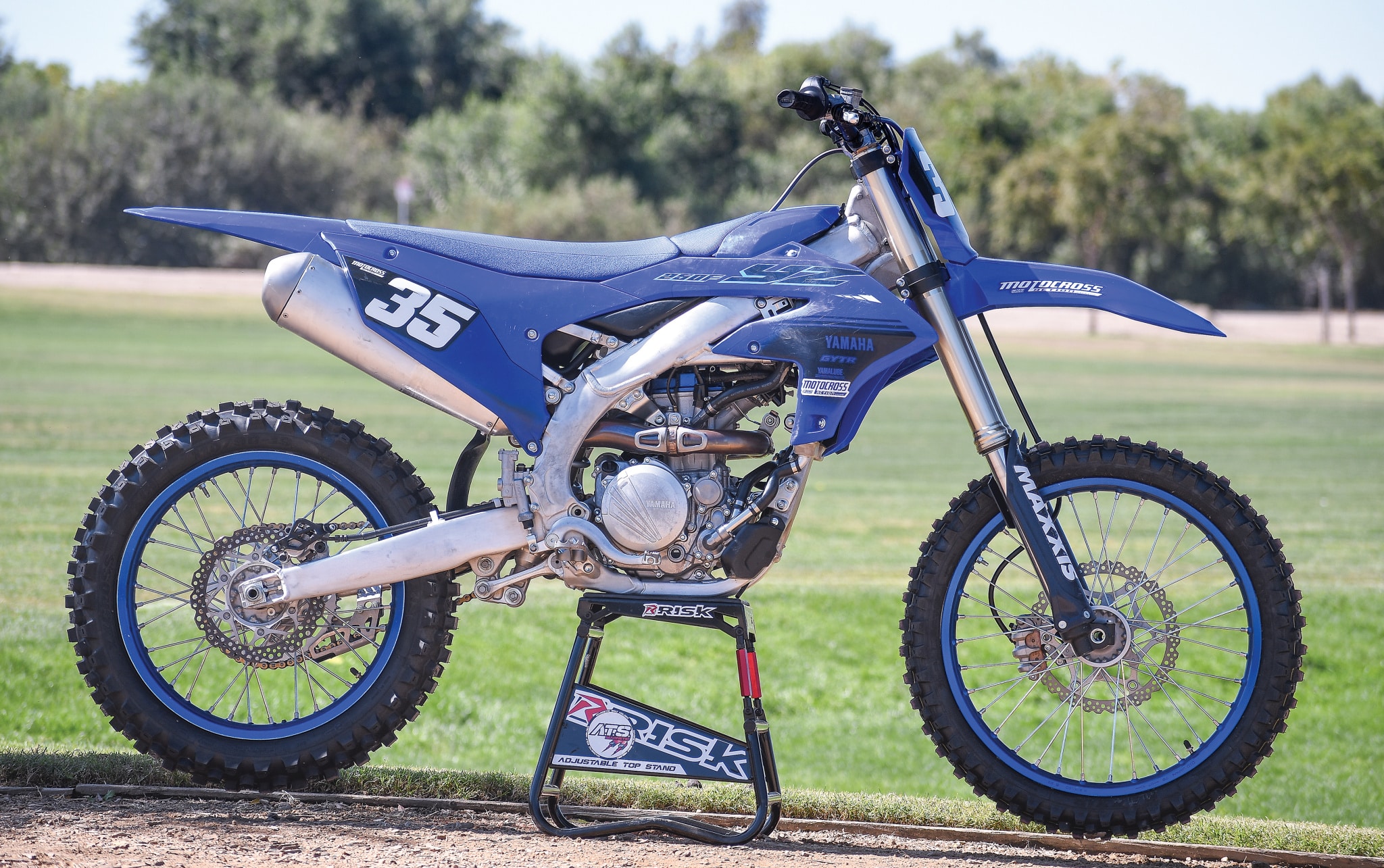

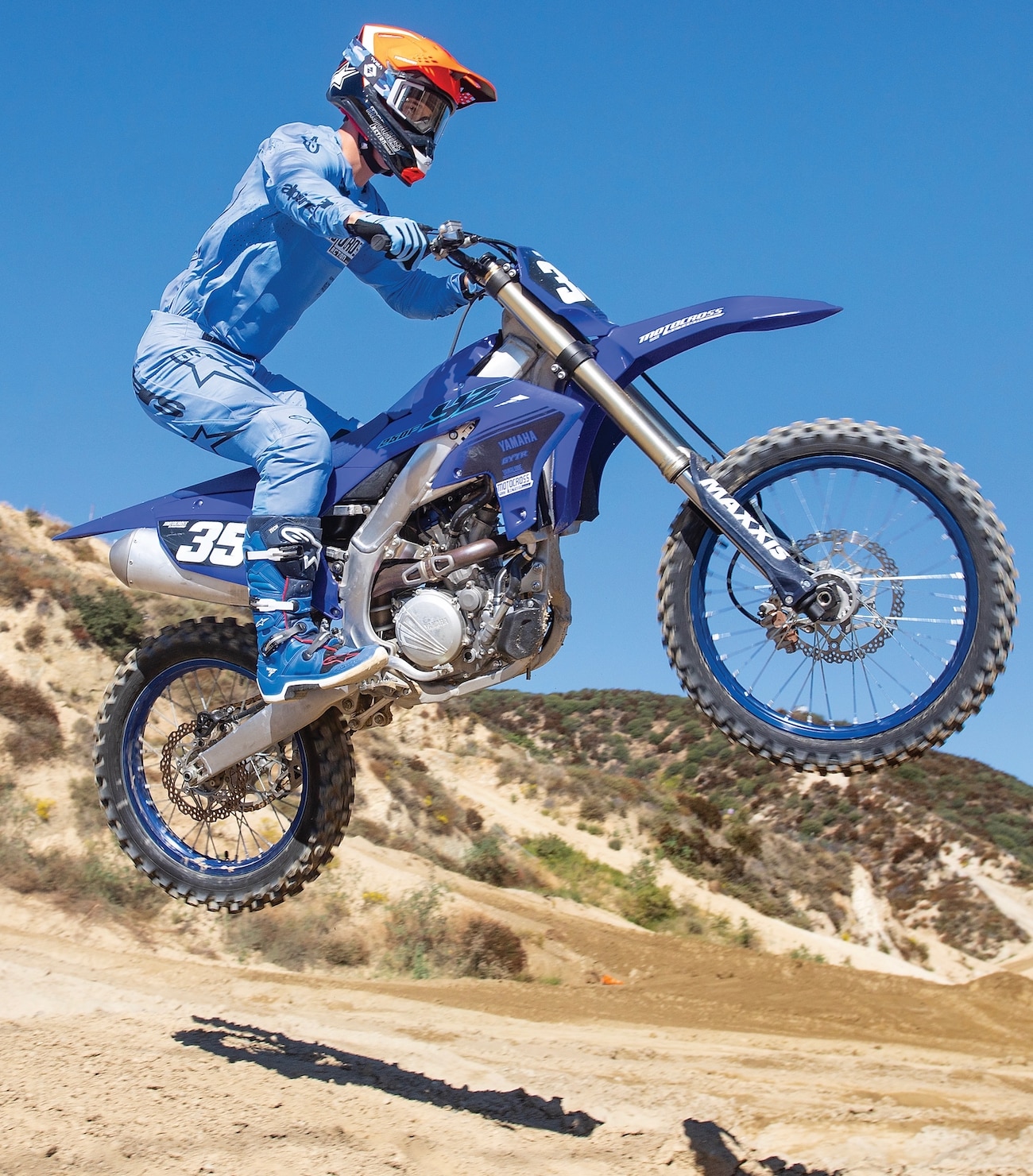
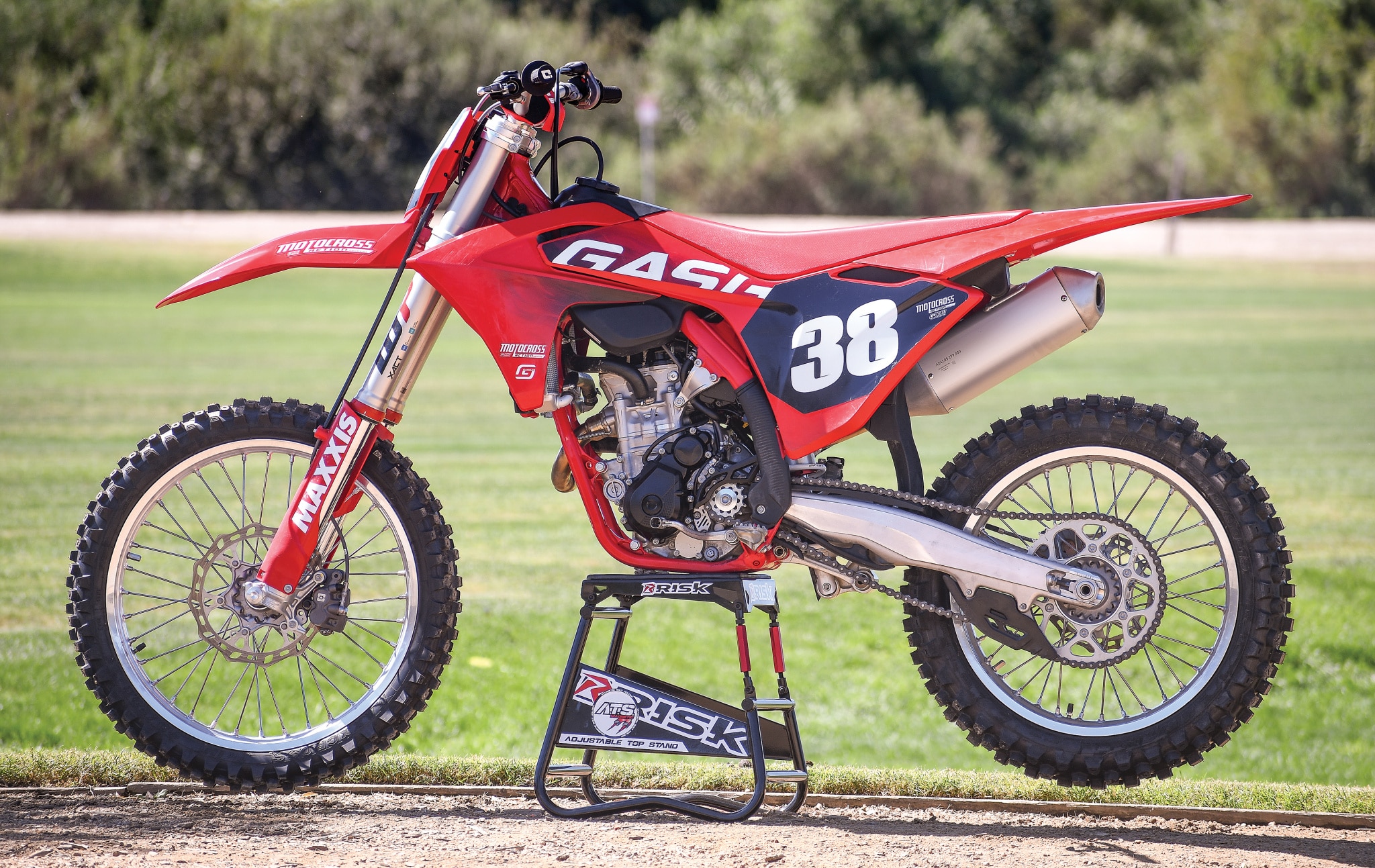
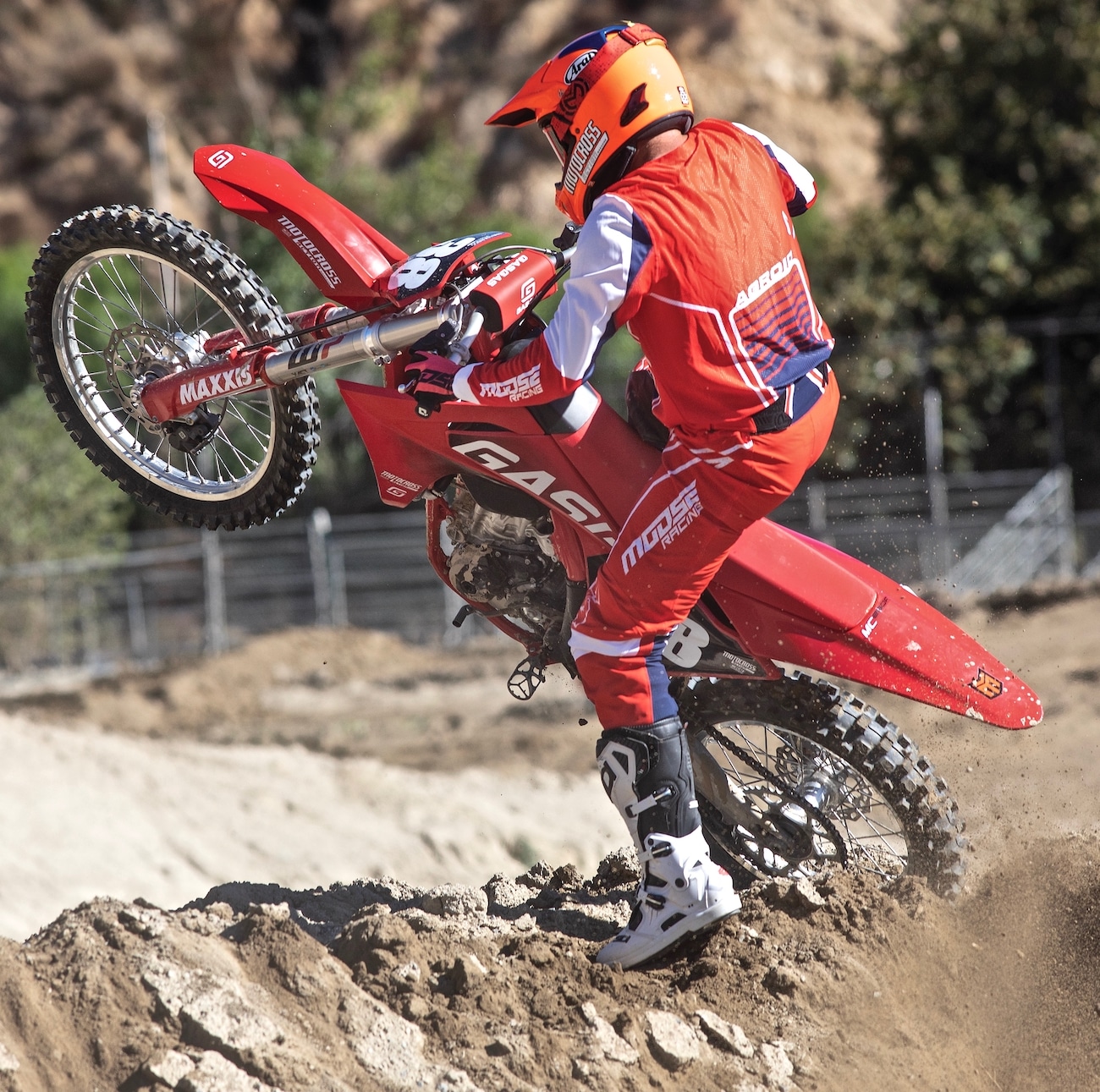
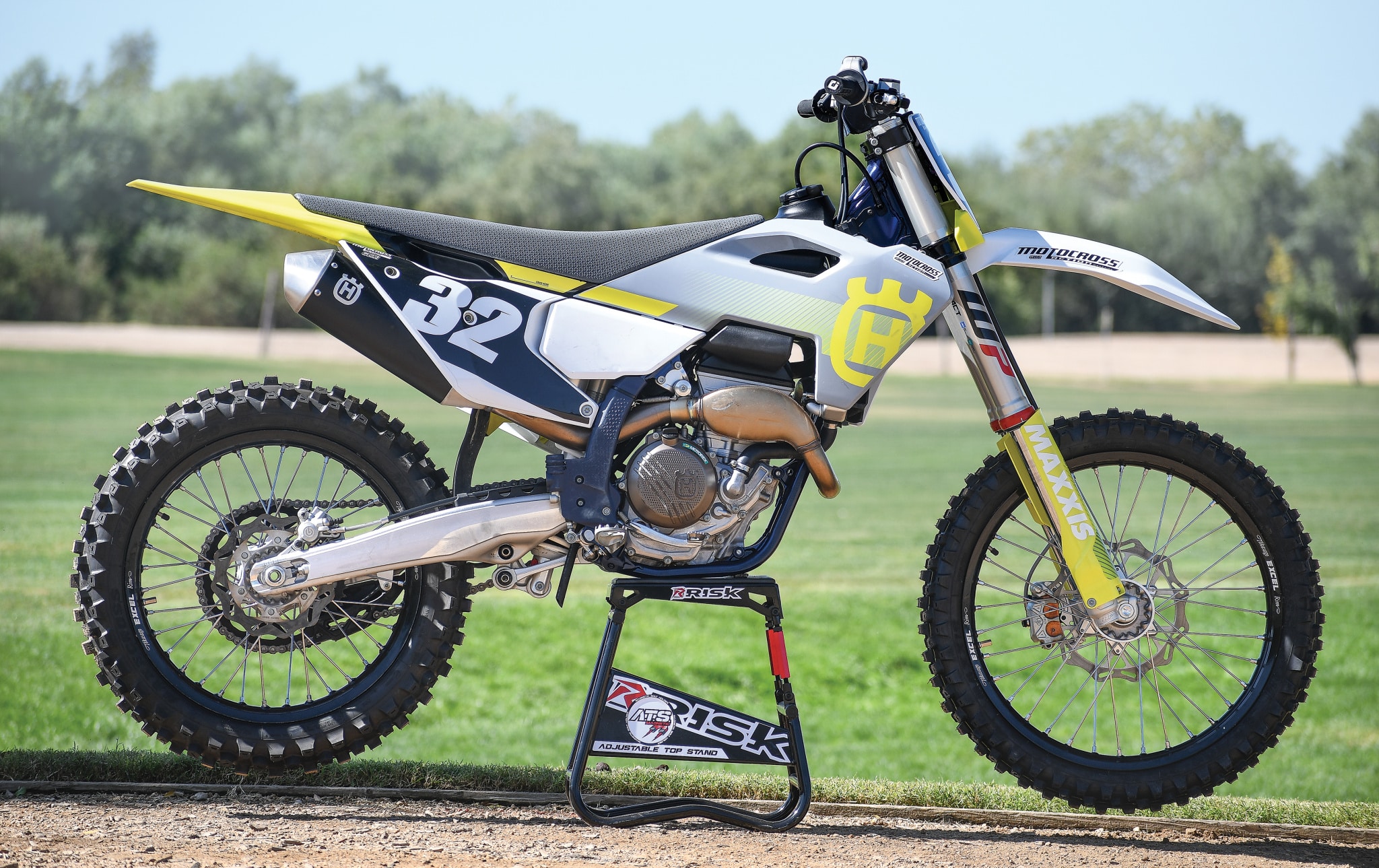

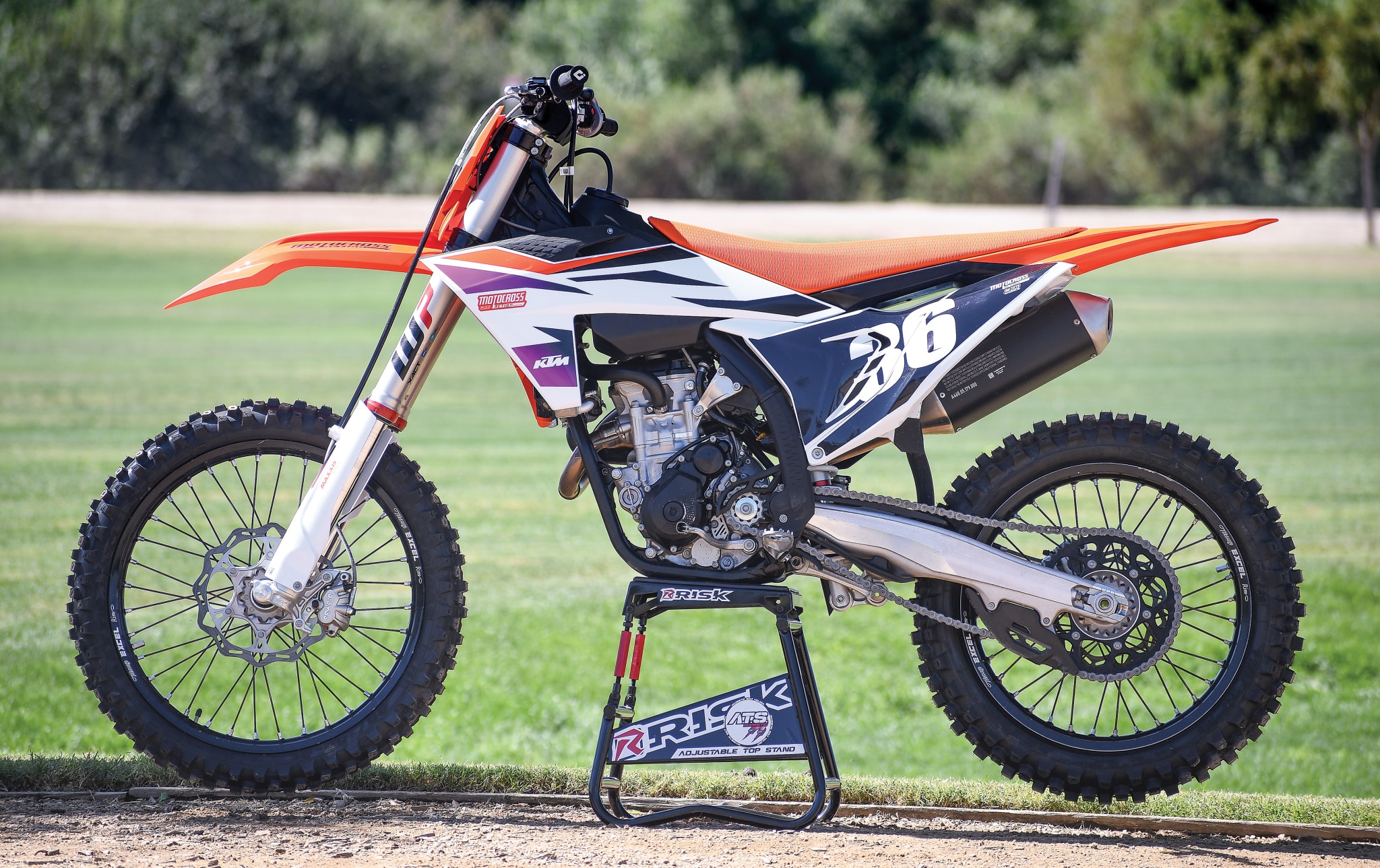
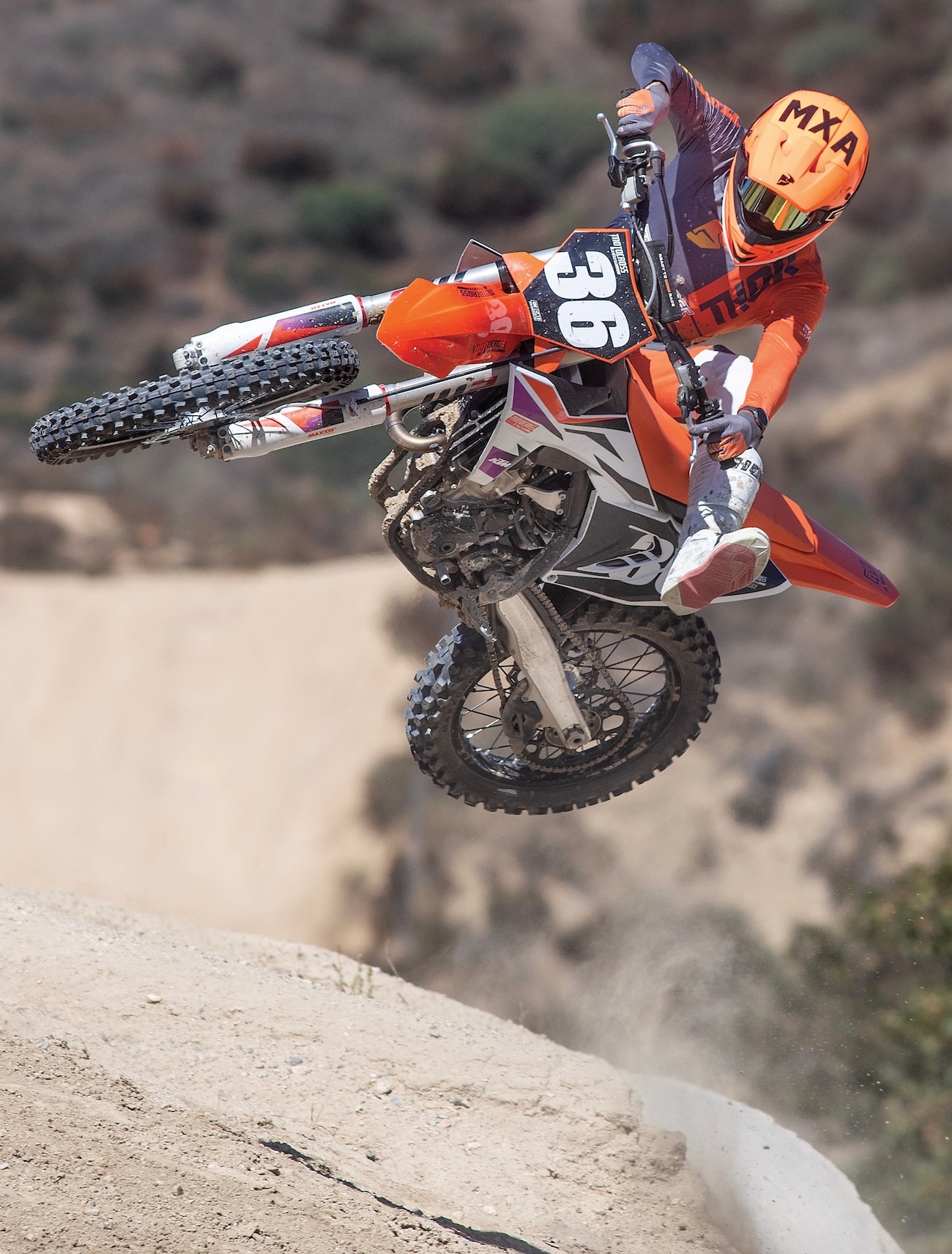
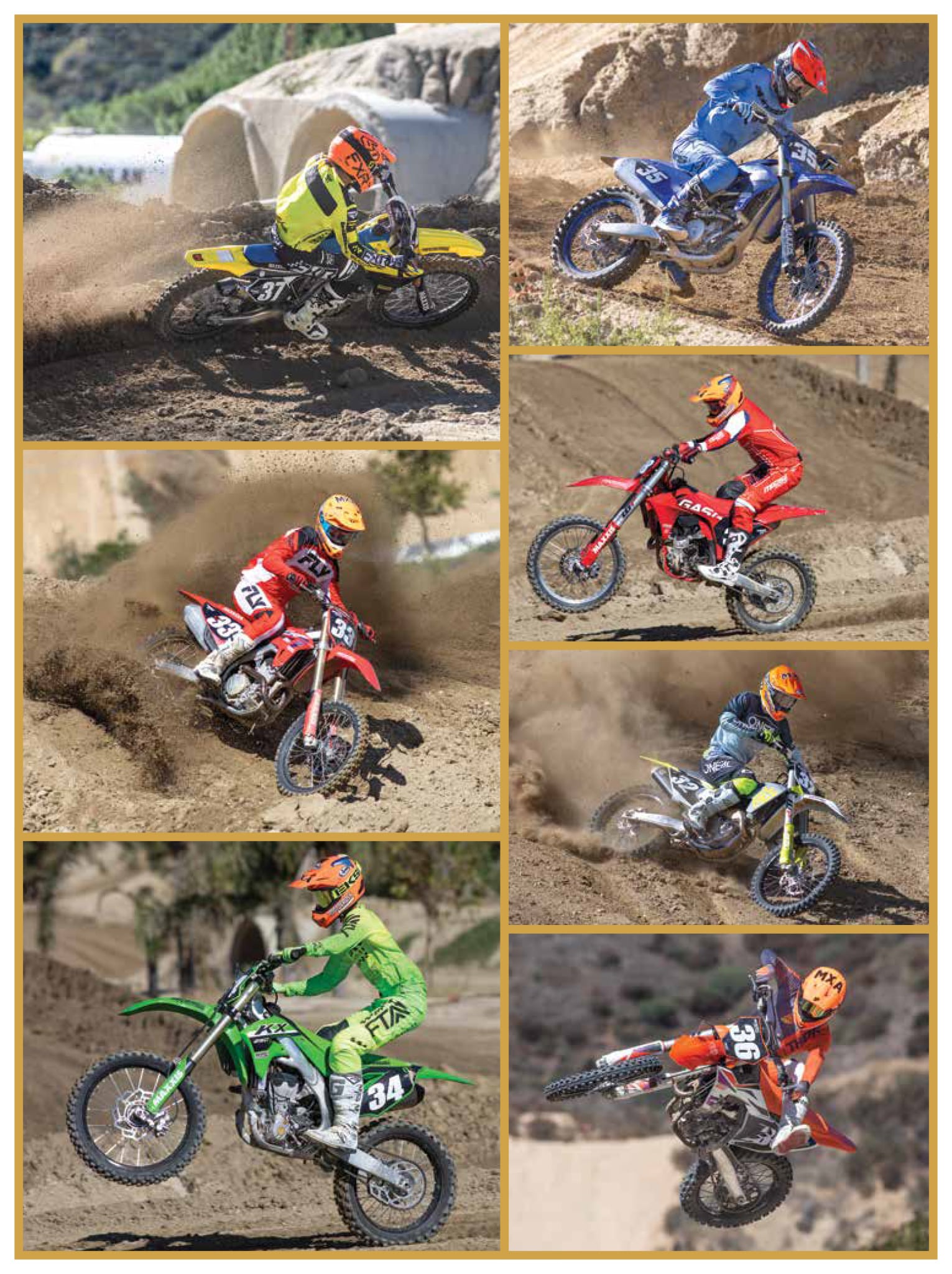
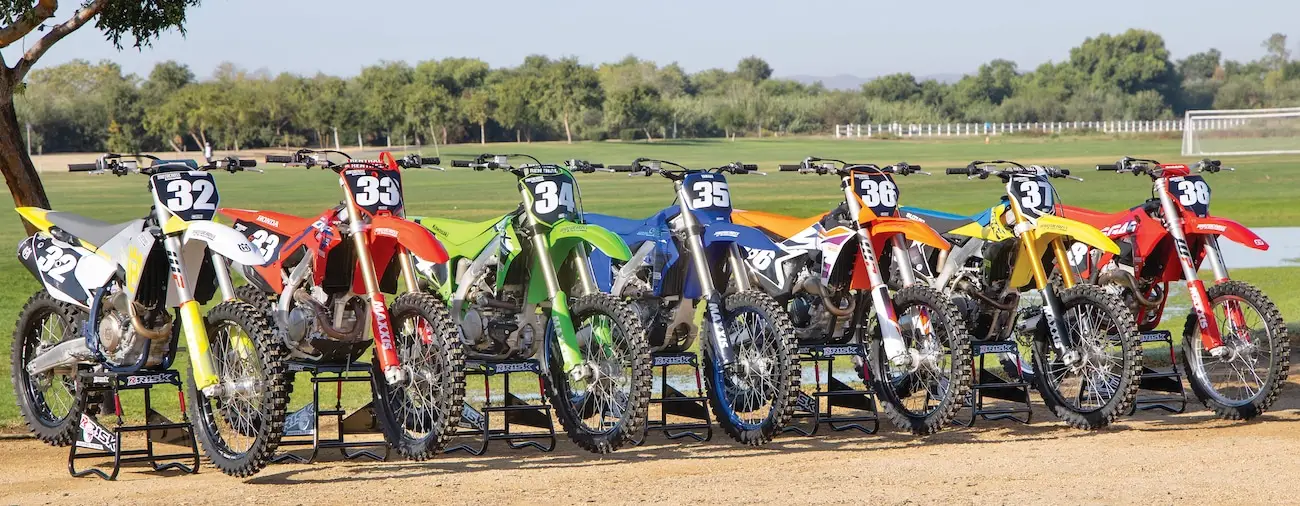
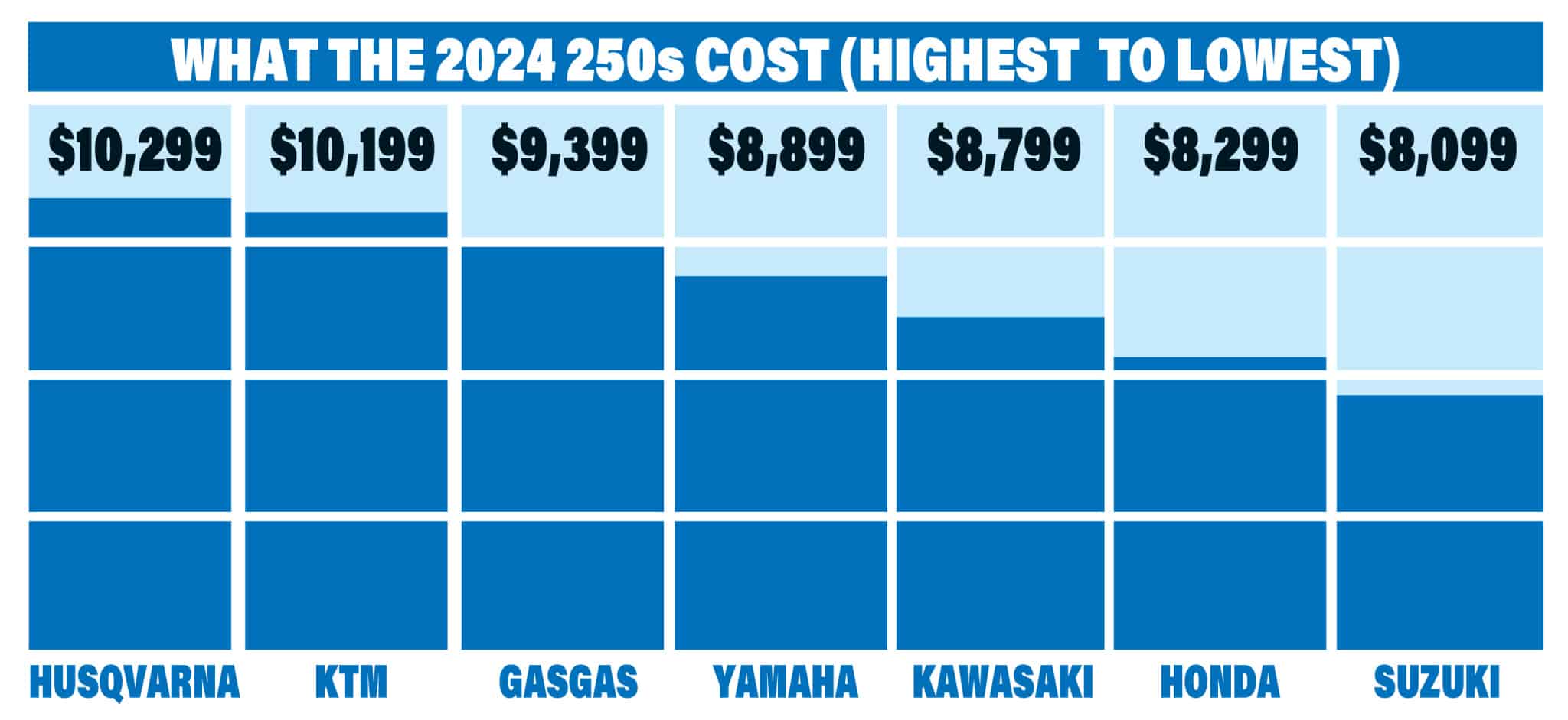



Comments are closed.